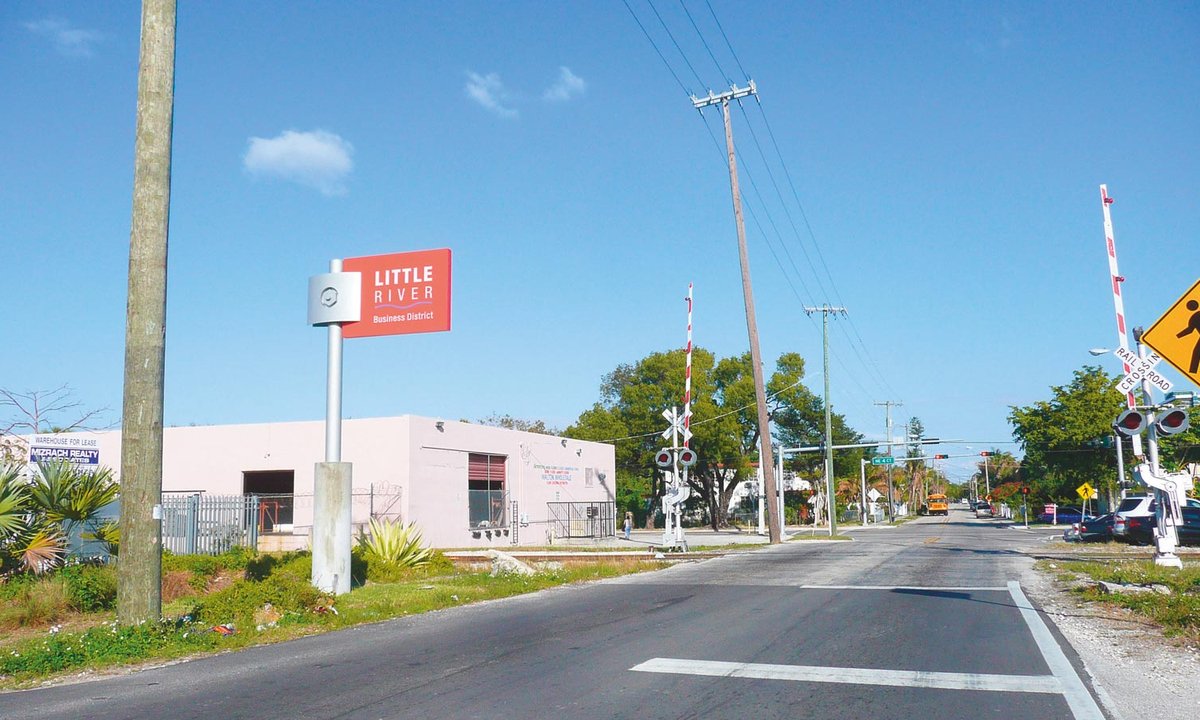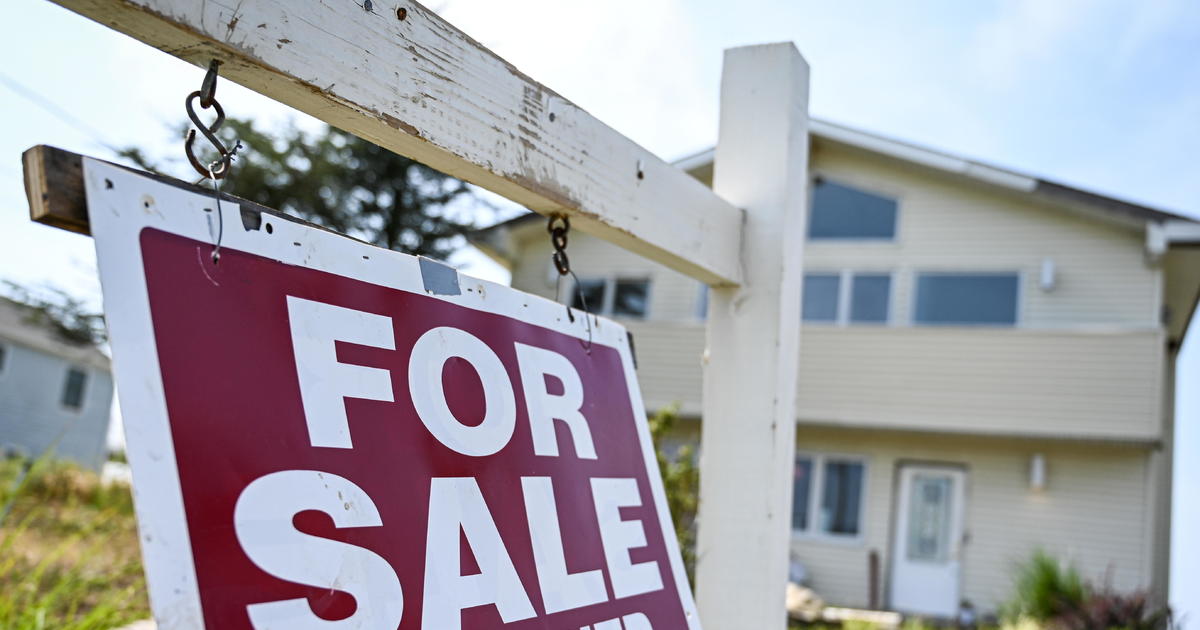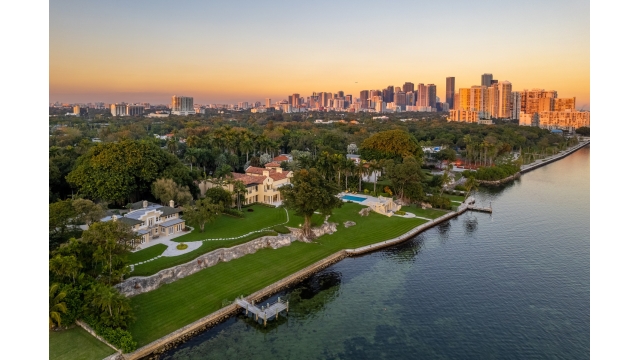Miami’s next big art hub? Dilapidated, industrial district Little River attracts new galleries and art spaces

Two of Miami’s longest-running art non-profits have revealed plans to relocate to the city’s Little River neighbourhood over the next two years. Their moves to the district, situated just north of Little Haiti, bring new momentum to the area, which has been primed for an art-centric transformation by the local community and outside forces.
Locust Projects, an alternative art space founded in 1998 by the Miami-based artists Elizabeth Withstandley, Westen Charles and COOPER, will relocate from its existing home on the peripheries of the Miami Design District and Wynwood to an 8,000 sq. ft building in Little River’s warehouse district. When it opens to the public in February 2023, the warehouse at 297 Northeast 69th Street will more than double the organisation’s footprint for hosting exhibitions and installations, residencies, educational programming and public events.
Oolite Arts, for its part, announced last April that it would make the leap from its space on Lincoln Road in Miami Beach over to the mainland, moving into a purpose-built $30m campus at 75 Northwest 72nd Street in Little River. The 26,850 sq. ft headquarters, designed by the Barcelona-based architecture firm Barozzi Veiga, is on track to open in early 2024. Assuming that timeline sticks, the opening of Oolite’s new headquarters will mark the 40th anniversary of the organisation, originally known as ArtCenter/South Florida. The late ceramicist Ellie Schneiderman gave rise to the organisation when, in 1984, she applied for a grant to refurbish dilapidated storefronts into much-needed studio spaces for Miami artists.
Artist-run spaces and non-profits are pushing ever further into historically undervalued neighbourhoods
Wynwood the poster-child
The scheduled openings of Locust Projects and Oolite Arts in Little River—a year apart and within a mile of one another—are the latest shifts in the distribution of Miami’s art organisations, with artist-run spaces and non-profits pushing ever further into historically undervalued and underserved neighbourhoods. Wynwood is the local poster child for this process of art-driven development. The most recent example is Allapattah, where collectors Don and Mera Rubell opened their vast Rubell Museum Miami, and Jorge M. Pérez launched El Espacio 23, both in 2019; in spring 2021, the immersive art centre Superblue moved in next door to the Rubells.
Located further from downtown to the north, Little River is named after the east-west sliver of water that cuts across the top of the district, stretching from Biscayne Bay to points inland. The neighbourhood is rooted in agricultural industries. It was founded in the late 1800s and served as a vital farming area in which fruit-growing and dairy industries could thrive due to the proximity of transitional waters where saltwater and freshwater met, all in proximity to a rapidly growing metropolitan region.
The design for the Oolite Arts campus on Northwest 72nd Street “calls to mind a village”, according to its chief executive, Dennis Scholl Rendering by Barozzi Veiga, Courtesy of Oolite Arts
Following the development in the 1950s of the Interstate 95 highway—which divides the neighbourhood from north to south—and the offshoring of industrial and manufacturing jobs in subsequent decades, Little River and its numerous warehouses, wide blocks and railroad tracks grew increasingly quiet.
Over the past decade, developers have made moves to revitalise the waterside village. This process accelerated following the 2017 passage of the Tax Cuts and Jobs Act, which created a new investment incentive known as Qualified Opportunity Zones (QOZs). Little River sits within a QOZ, a type of economically distressed area designated by the Internal Revenue Service where, under certain conditions, community investment can result in tax advantages for investors.
“It was certainly a dilapidated, industrial part of Miami that needed a lot of TLC,” says Matthew Vander Werff, who with his wife Ashley Melisse Abess, founded the real estate firm MVW Partners in 2014 with an eye to revitalising Little River, where Abess’s family had once lived. Their firm is now the local partner in a broader revitalisation project, working with the Nashville-based real estate investment company Adventurous Journeys, which acquired 24 acres and upwards of 320,000 sq. ft of commercial real estate from MVW Partners in November 2021.
“We’re all about supporting local businesses and creatives. Having them as our tenants, whether it’s hairstylists, social media agencies, coffee shops, etc, we want to make sure we are promoting local, Miami-born and based visions through and through,” Vander Werff says, noting that his firm is working with Oolite Arts on its plans in the neighbourhood. “We’re big collectors of the history behind Little River and have even started collecting archival materials related to the neighbourhood.”
That local history has only recently come to feature art and culture prominently. Though it has long been home to vibrant communities, Little River’s art scene is still very much in its infancy, especially compared with other parts of Miami. Commercial galleries such as Dot Fiftyone Gallery and Bill Brady Gallery set up shop in the area during the last decade. However, the Fountainhead Studios live-work residency programme announced the closure of its complex in October after 15 years on the border of Little River and Little Haiti, which makes the arrival of Locust Projects and Oolite Arts all the more vital for the burgeoning Little River art scene.
Lorie Mertes, executive director of Locust Projects, says planning the non-profit’s move to 297 Northeast 67th Street in Little River “feels like a dream” Pedro Wazzan
“I look forward to convening conversations with our community of artists to imagine what this space can be,” Lorie Mertes, executive director of Locust Projects, said at the official unveiling of the organisation’s future home on 21 September. “It feels like a dream to be on the threshold of this exciting new chapter. What makes Locust so special and so vital is the ways we help artists expand and shape their careers—the way we expand what art is and what art can be.”
Room to get freaky
That expansive attitude resonates with the organisation’s sprawling new venue, where the chair of the organisation’s board, Debra Scholl, said artists would have room to let their “freak flag fly”—even more so when Oolite Arts, whose chief executive Dennis Scholl is her husband, follows suit.
The plan for Oolite Arts’s new campus “calls to mind a village” and “strikes a balance between the personal and collective, the intimate and the shared”, Dennis Scholl wrote in an April 2022 opinion piece for Artnet News. He added, “The building itself was designed to invite connection, expressed by a horizontal design that opens up to the north, south, east and west, encouraging neighbours to visit from every direction.”
In the meantime, his organisation has been involved in an after-school art programme since 2018 and will open a pop-up space in the neighbourhood “in a few months”, he tells The Art Newspaper, “so that people can experience what Oolite will bring even before our building is complete”.
The attention from developers and arts groups has raised concerns in Little River about the risks of gentrification and climate change. Both Locust Projects and Oolite Arts, with their residency programmes and environmentally conscious architectural plans, seem mindful of these issues facing their future community (and Miami-Dade County more broadly).
“First being pushed out by rising costs in Wynwood, and most recently with our lease coming up in Design District, we knew we would not be able to afford a similar space in the area which has greatly changed in the 12 years since Locust first moved there,” Mertes says. “We of course know we may once again find ourselves seeking a home again in the future, but are hopeful the city’s leadership will see the light of what is lost when we lose neighbourhoods of any kind to gentrification and work to right the balance.”


